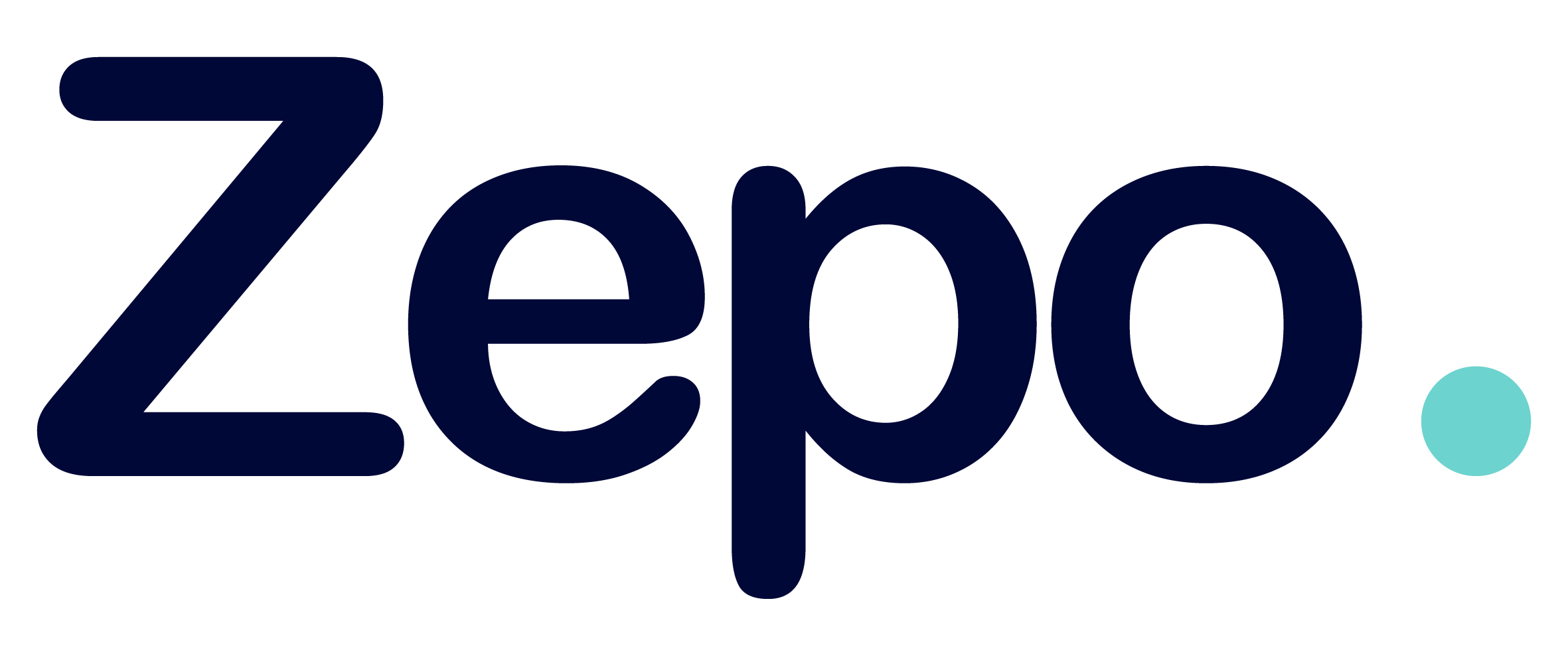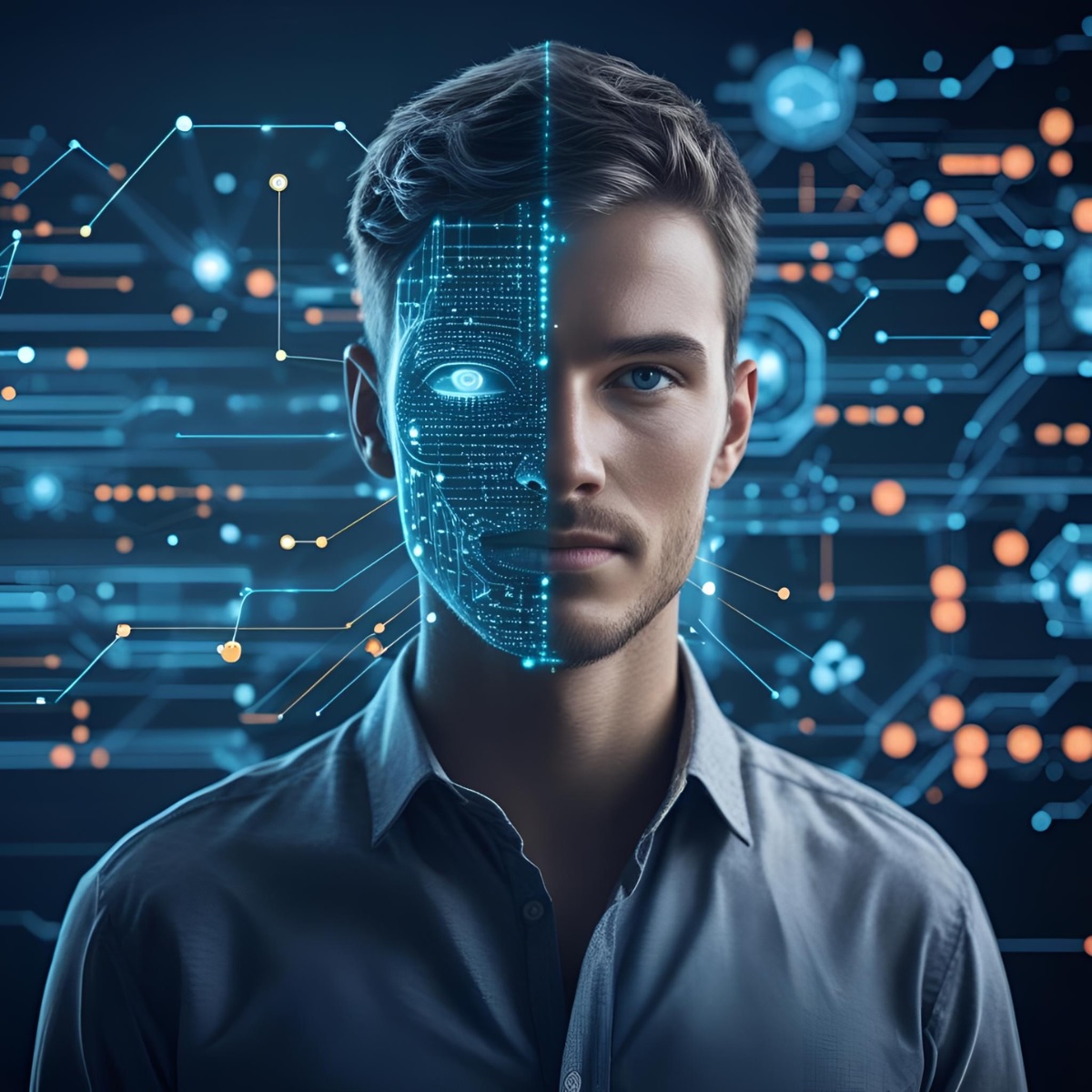Before relying solely on AI to safeguard your organization, ask yourself this: Can it truly anticipate and outmaneuver a human adversary?
AI is transforming cybersecurity, on both sides of the equation. It excels at:
- Detecting patterns faster than any human could.
- Flagging anomalies in real time.
- Processing data at a scale we simply can’t match.
But AI has its limits. It can’t:
- Read the room or pick up on subtle human cues.
- Understand unspoken context behind decisions or behaviors.
- Sense when something “just feels off”, a critical skill in preventing social engineering or insider threats.
The takeaway? The future of security isn’t humans vs. AI. It’s humans with AI, a partnership that combines the speed and scale of machines with the awareness, judgment, and intuition that only humans bring.
Common Questions About AI in Cybersecurity
1. Can AI truly anticipate and outmaneuver a human adversary?
AI is incredibly powerful at detecting patterns, processing vast amounts of data, and flagging anomalies in real time, things humans simply can’t do at scale. But it has limits. AI cannot interpret subtle social cues, understand unspoken context, or sense when something “just feels off.” Human adversaries exploit nuance, ambiguity, and behavior patterns that AI alone can miss. That’s why relying solely on AI leaves gaps in your defenses.
2. Are you designing your security strategy to leverage both human insight and AI power?
The most effective cybersecurity strategies combine the strengths of both humans and AI. AI handles speed, scale, and pattern recognition, while humans bring judgment, intuition, and contextual awareness. By integrating AI as a tool rather than a replacement, organizations can anticipate threats more accurately, respond faster, and create a culture of proactive security rather than reactive firefighting.Bottom line, organizations that embrace a human + AI approach build defenses that are not only faster but smarter, and ultimately, more resilient.

